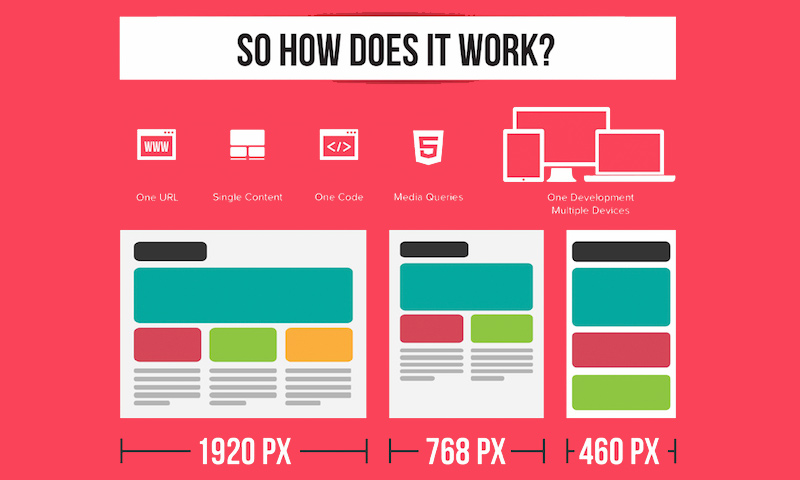Crucial Element Of Website Layout: Strategies For Developing An Available User Experience
Crucial Element Of Website Layout: Strategies For Developing An Available User Experience
Blog Article
Developed By-Crews Daugaard
When it involves web site style, making sure user-friendliness is essential. From receptive design to streamlined navigating, every component plays an important role in producing a website that caters to your target market's needs. But what regarding the better details that can make or break a user's searching experience? Remain tuned as we reveal some often-overlooked ideas that can elevate your internet site's use to the next level, making it really stand apart in the digital landscape.
Value of Responsive Layout
Receptive style is a crucial element of modern-day site growth. Ensuring https://www.forbes.com/sites/forbescommunicationscouncil/2021/07/12/16-critical-things-to-get-straight-before-creating-a-digital-marketing-strategy/ is receptive methods that it can adapt to various screen sizes and gadgets, giving a seamless experience for individuals.
With the enhancing use of mobile phones and tablets to access the net, having a receptive layout is important for getting to a wider target market. It aids in enhancing customer experience by making your site simple to browse and read on any type of tool.
Additionally, receptive design can positively influence your search engine positions, as internet search engine like Google prioritize mobile-friendly internet sites. By having a receptive layout, you're also future-proofing your website, as brand-new devices with varying display dimensions remain to emerge.
Simplify Navigation Structure
To enhance individual experience and help with very easy accessibility to information on your web site, enhancing the navigating structure is vital. When creating your site, focus on producing a clear and intuitive navigation menu that helps visitors discover what they're searching for quickly.
Limitation the number of menu things to the basics, organizing associated pages together to stay clear of frustrating users. Use detailed tags that clearly suggest the material of each web page, making it much easier for individuals to comprehend where each web link will take them.
Think about implementing dropdown food selections for subcategories to avoid cluttering the major navigation bar. In addition, include a search bar prominently on the web page for users who like searching for certain information.
Prioritize mobile responsiveness in your navigation style to guarantee simple gain access to on all devices.
Maximize Web Page Tons Speed
Improving page tons speed is crucial for retaining visitors on your site. Slow-loading pages frustrate customers and can bring about high bounce rates. To optimize page lots speed, start by maximizing photos. Digital Marketing Agency Are without jeopardizing top quality to reduce their file dimensions.
In addition, make it possible for browser caching to store frequently accessed sources in your area, accelerating lots times for returning visitors. Minify CSS, JavaScript, and HTML files by eliminating unnecessary personalities, remarks, and format, enhancing lots rate.
Take into consideration utilizing a web content delivery network (CDN) to disperse your site's material across numerous web servers worldwide, lowering latency for individuals accessing your website from various areas. Finally, restrict the use of third-party scripts and plugins, as they can significantly impact lots times.
Conclusion
Finally, by integrating responsive style, streamlining navigating, and optimizing page load rate, you can create an easy to use internet site that attract a larger target market and enhances user experience. These essential elements guarantee that site visitors can quickly gain access to and browse your website throughout different devices, bring about raised engagement and contentment. By concentrating on these key aspects, you can develop an effective internet site that maintains individuals returning for more.
